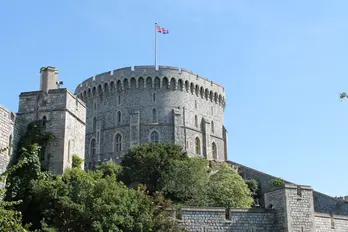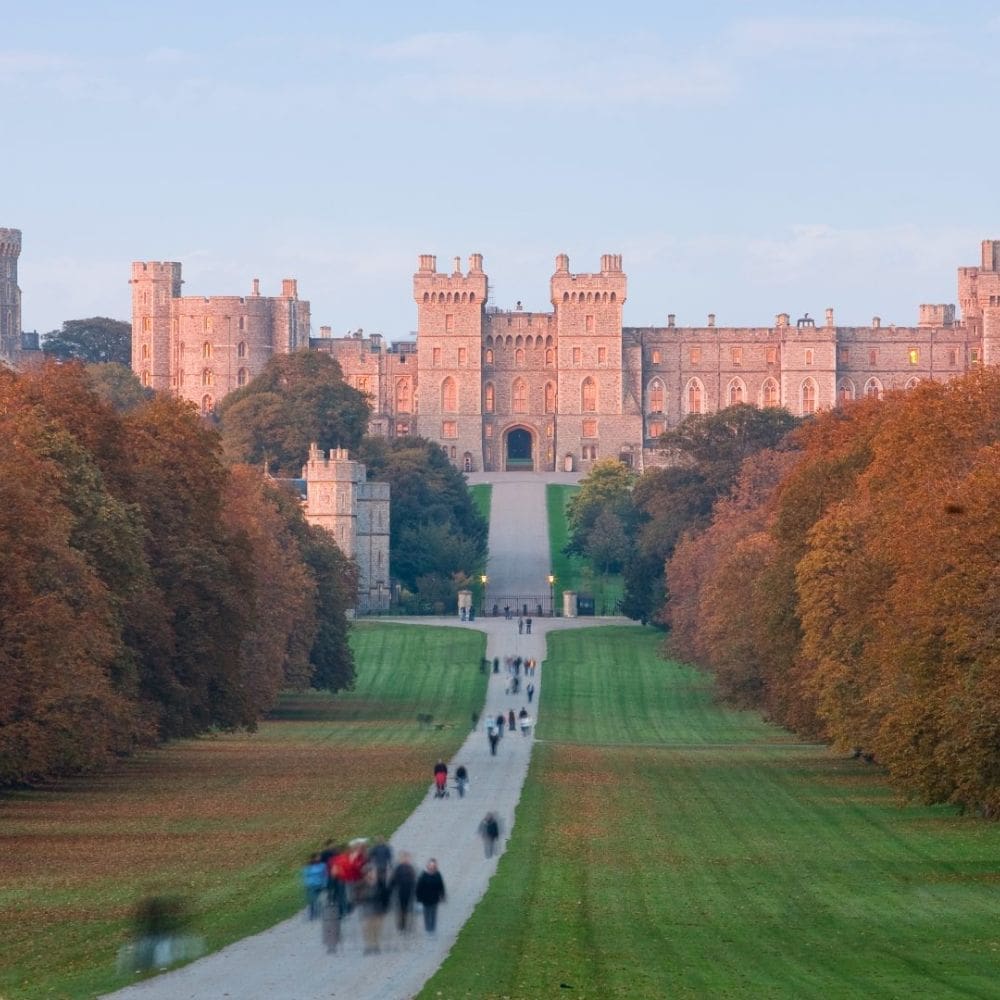Your basket is currently empty!
windsor castle
-

Is Windsor Castle Haunted?
Windsor Castle remains a place where history and legend intertwine, creating an atmosphere that feels both…
-

Windsor Castle
Explore how Windsor Castle evolved through the medieval era to its transformation into the architectural marvel…
-

Windsor Castle and King Arthur
The captivating legend of Windsor Castle and King Arthur
-

Haunted Windsor Castle
Numerous guards, residents, and visitors have claimed to experience hauntings and strange occurrences at Windsor over…






